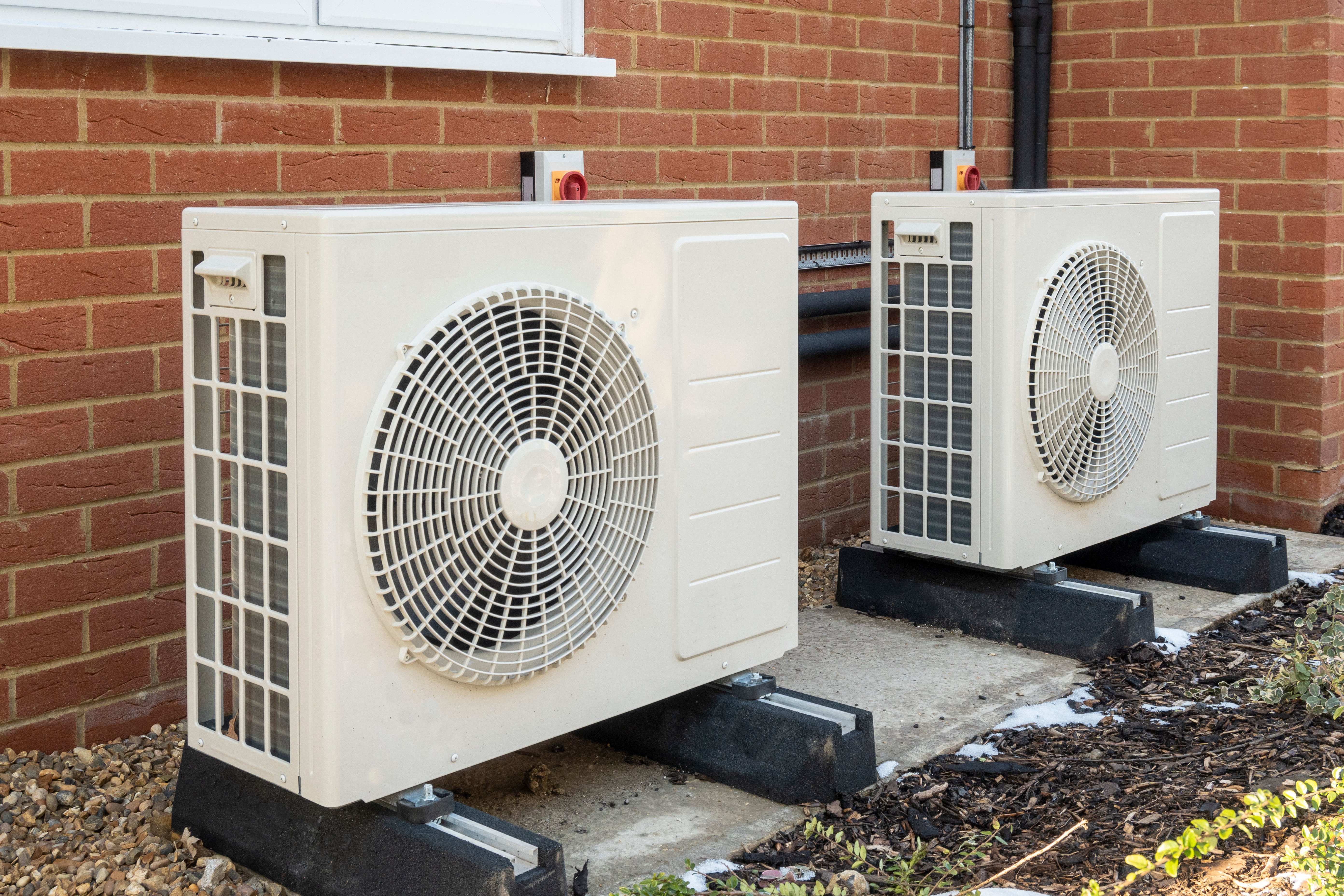Heat pump monitoring tool

The Opportunity
The objective of this Opportunity is to shortlist the submissions that best answer the brief, with the aim of attending a presentation day with the EIC Industry Partners, where it can be discussed in greater detail with a technical panel.
The EIC welcomes submissions from individual companies or companies working in collaboration with each other.
What is the Problem?
With the desire to achieve net zero by 2050 in the UK there has been and will continue to be a rise in LCT (Low Carbon Technologies) installations, such as heat pumps. This increased uptake will result in additional strain on an already pressured network. Consequently, there will be a requirement to reinforce existing infrastructure to reduce voltage drop and increase maximum feeder capacity.
There are currently modeling tools used which aim to predict growth and potential uptake of heat pumps. This information is based on data collected from social demographic databases but is currently unverified with in situ LCT adoption data. There is a need for the networks to verify these predictions to guarantee the reliability of these modelling tools.
Everyone involved in the deployment of heat pumps has an obligation to ensure they do their utmost to keep customers safe. Installers therefore have the responsibility to inform network operators when making modifications to a service under the Distribution Code DPC5.2.1(not enforced). For LCT installations there is an application available via the ENA website. Other possible means for collecting this data would be through utilising the Energy Performance Certificate (EPC) or Microgeneration Certification Scheme (MCS) data, but again these are also reliant on external input which does not guarantee a reliable data source.
Current devices may not have adequate sampling rate required to detect the high level of frequencies put out by heat pump activity.
Preferred output
The network’s preferred output is a means of determining on a feeder circuit:
· The number of heat pumps installed.
· The size of heat pumps installed.
· The ability to determine the time of the day heat pumps will be switched on.
· The phases where the heat pumps are connected on.
This would allow validation of existing network planning tools, in predicting heat pump uptake within the area. As an example, the measurement could pick up on signature waves of the motor coils of the heat pump upon commencement of its heating cycle. However, other technical methods will be considered, prioritising ease of deployment and cost impact.
The preferred option is to utilise existing industry standard devices, that could be redeveloped for this application, rather than developing a completely new device. The minimum sampling rate required for the detection of the unique signals from heat pump activity must be determined. Machine learning/AI would be ideal to detect the pattern of heating cycles to determine the capacity and characteristics of the heat pump against background noise, facilitating proactive reinforcement of the network circuit to support the uptake of future LCTs.


